What are the top 10 most popular shrines among international tourists? Study reveals…
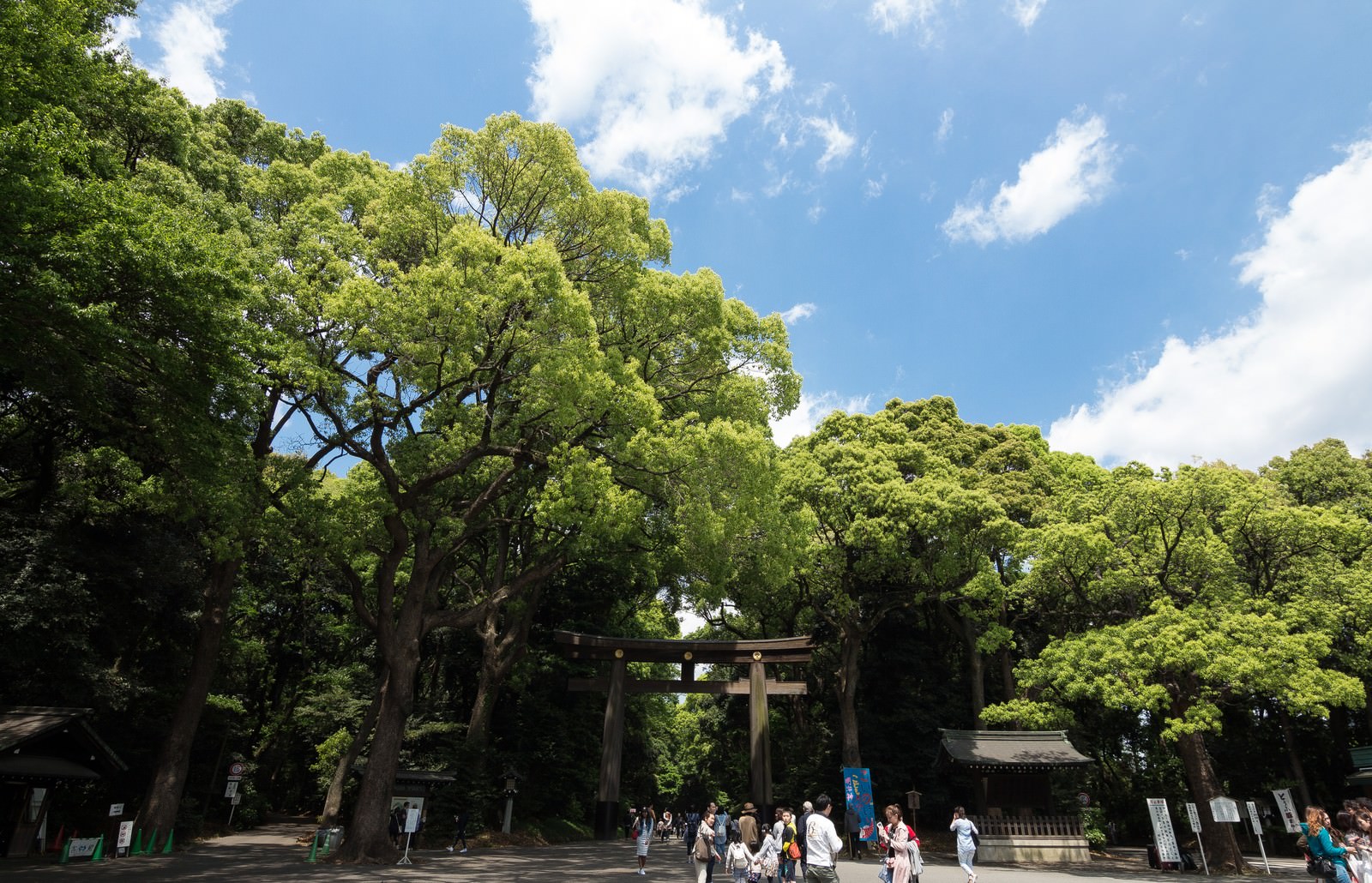
…that the top shrine is probably the one you think it is!
Japan has a number of very famous shrines, all of which each have a unique history and culture. Some are far more popular as tourist spots than others, especially among tourists from other countries. What would you guess is the most popular shrine among international visitors?
A study sought to find out. Mov, Inc, a company that manages a customer review service, and Honichi Labo, Japan’s largest inbound general media company, teamed up to compile and analyze reviews in multiple, non-Japanese languages in order to create a list of the top 10 shrines among inbound tourists, and you might be surprised by some of the ones listed. Number one, though? You may not. Let’s dive in.
Tied for 9th place: Atsuta Jingu (Nagoya, Aichi)
Atsuta Jingu is believed to be one of Japan’s oldest shrines, founded during the reign of Emperor Keiko, who ruled from 71 to 130 CE. With a 1,000-year-old camphor tree on the grounds, a wall associated with famed samurai warlord Oda Nobunaga, and a treasure hall that houses the sacred sword that’s one of the three items of the Imperial Regalia (though it’s sadly not on display to the public), it’s no wonder this shrine draws millions of visitors each year, including a large crowd of international tourists.
Tied for 9th place: Kanda-jinja (Tokyo)
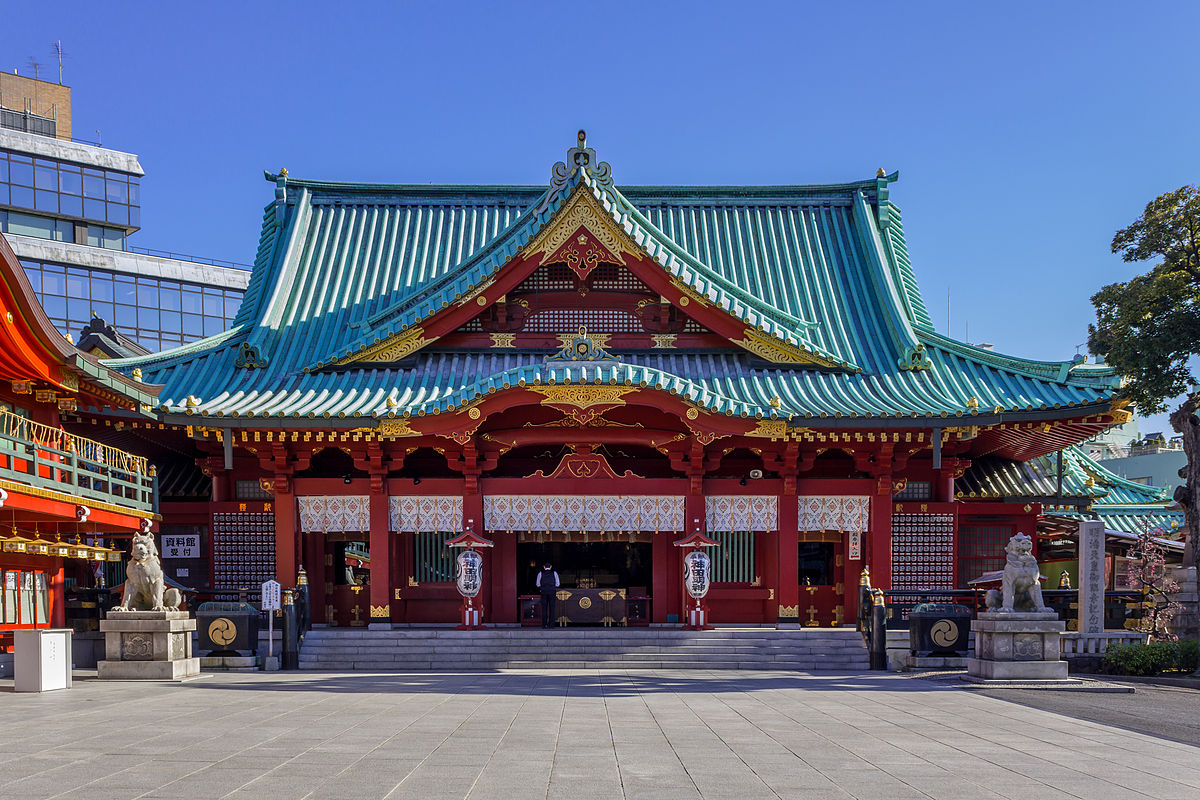
Image: Wikipedia/Kakidai
This shrine takes its name from Kanda Myoujin, originally a god of business prosperity and the patron god of the area that now encompasses Tokyo’s business districts of Kanda, Nihonbashi, Akihabara, and Otemaru. The shrine has 1,300 years of history, with prominence in the Edo period (1603-1868), and also holds one of Tokyo’s most popular festivals, the Kanda Matsuri. It’s also right next to otaku hub Akihabara and has lots of anime and tech-related collaborations, which makes it very popular among anime-loving visitors.
8th place: Yasaka Jinja (Kyoto)
One of Kyoto’s most revered shrines, Yasaka Shrine is where their biggest festival, the month-long Gion Matsuri, is held. The shrine is also famous for its orange architecture, and for being lit up at night with lanterns, so no wonder lots of international visitors make a point to visit it.
7th place: Hokkaido Jingu (Sapporo, Hokkaido)

Image: Pakutaso
This shrine represents all of Hokkaido and enshrines the Emperor Meiji, but what it’s most famous for is its beautiful cherry blossom trees and its proximity to the equally beautiful Maruyama Park. No doubt that’s what draws many tourists to its grounds.
6th place: Naminoue-gu (Naha, Okinawa)
A beautiful, vermillion-adorned shrine that sits atop a steep cliff overlooking the ocean, this shrine serves as a beacon for sailors, who pray to it for a safe journey as they leave out of Naha Port. It was once dedicated to a king of the Ryukyu Islands and is known as one of the Ryukyu Hassha, the eight shrines of utmost spiritual importance in the Ryukyu Kingdom.
5th place: Itsukushima Jinja (Miyajima Island, Hiroshima)
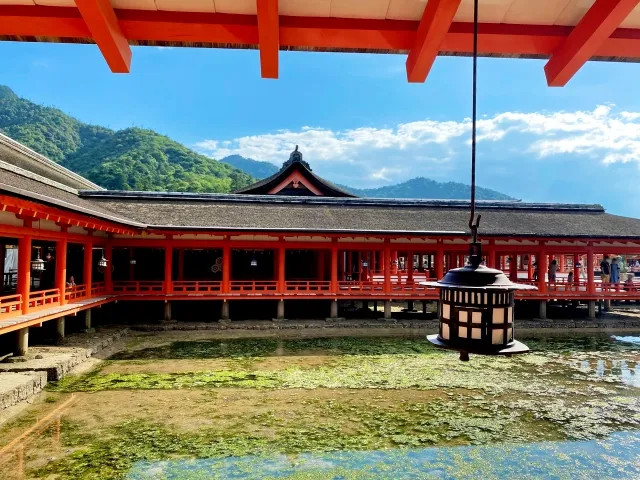
Perhaps one of Japan’s most iconic shrines, Itsukushima Shrine is located over the waters off Miyajima and has a “floating torii gate” that’s out in the ocean (and makes an awesome sight…when it’s not under construction). With bright, vermillion paint and picturesque scenery, this “symbol of Miyajima,” as it’s called, is a World Cultural Heritage Sight and one of the Three Views of Japan, as written by 17th century scholar Hayashi Gaho.
4th place: Namba Yasaka Jinja (Osaka)
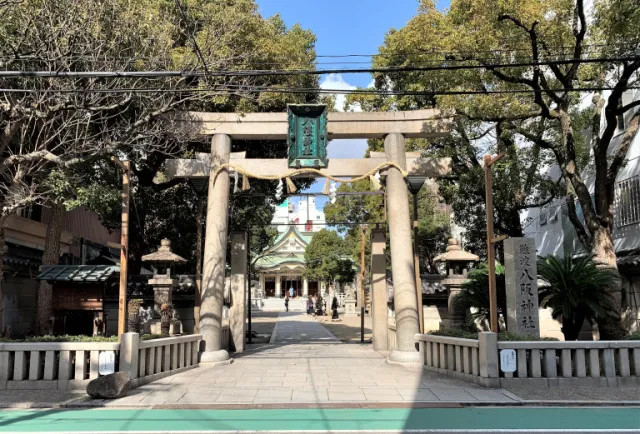
This shrine is famous for a building shaped like a huge roaring lion’s head called the Shishiden, which is said to swallow bad spirits and invite good luck. The Japanese gods Susanoo-no-Mikoto, Kushinada-hime-no-mikoto, and Yahashiramiko-no-mikoto are the principle deities enshrined here, and you can also find lots of statues of the fox god Inari sprinkled around the grounds. With so many great photo spots, it’s no wonder foreign visitors love this place!
3rd place: Dazaifu Tenmangu (Fukuoka, Fukuoka)
Dazaifu Tenmangu is one of the two most important shrines dedicated to the Heian-era scholar and politician, Sugawara Michizane, who is now a god of scholarship and the arts and a protector against misfortune. The shrine’s main hall, which is currently under renovation, dates back to 1591, and together with the 6,000 plum trees on the grounds makes for a beautiful view in spring.
2nd place: Meiji Jingu (Tokyo)
This shrine is dedicated to Emperor Meiji and his consort, Empress Shotoku, and its enormous grounds serve as a quiet nature preserve in the bustling metropolis of Tokyo. Since it’s located centrally in the already popular shopping area of Harajuku, it’s a prime destination for many international tourists who need a break from touring the big city.
1st place: Fushimi Inari (Kyoto)
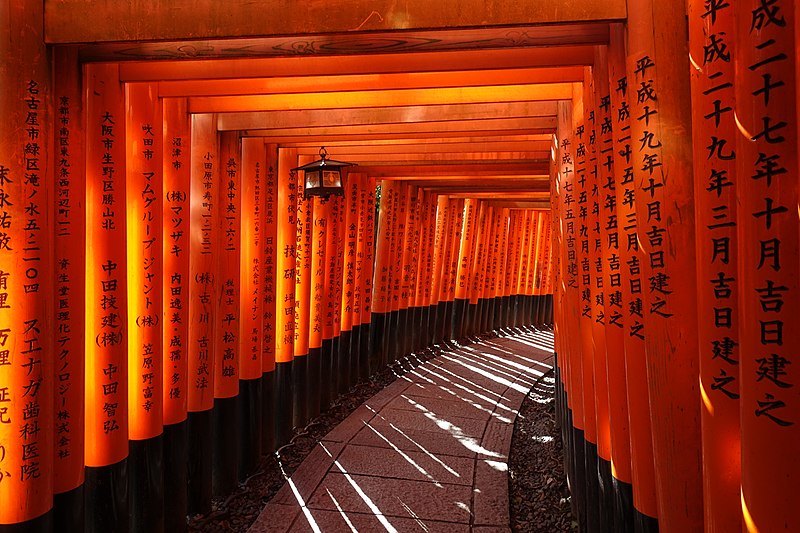
Source: Wikipedia/Path-x21
The shrine with the most reviews in foreign languages over two weeks–garnering over 140 reviews like “A must-see spot in Kyoto” and “the perfect place for an early morning hike!” and an overall rating of 4.7 stars–was Fushimi Inari, a 1,300-year-old shrine dedicated to the fox god, Inari. Famous for its thousands of vermillion torii gates cascading up a mountain, this beautiful natural shrine is the perfect Instagram spot as well as the perfect place to reset when you’re tired of urban sightseeing.
Which of these shrines have you visited? Were there some you didn’t recognize? Maybe you have some new destinations to think about for the upcoming Golden Week holidays! And if you need some more ideas, here’s a list of Japanese shrines and temples from TripAdvisor ranked by Japanese travelers, because you really can’t get enough of these amazing places.
Featured image: Pakutaso
Insert images © SoraNews24 unless otherwise noted
● Want to hear about SoraNews24’s latest articles as soon as they’re published? Follow us on Facebook and Twitter!
Credit:

0 comments: